Warning: This post deals with a current war and invasion—news that may be upsetting. We recommend that you read the following post with a trusted adult. Together, you can discuss the issue further.
On Thursday, February 24, Russian military forces launched a full scale invasion of the neighbouring country of Ukraine. Though world leaders and experts had been predicting this invasion for some time, even many of these people were surprised by the size of the attack. Ukraine has been attacked from land, sea, and air, and on many sides (or fronts) at once.
Most of the world's leaders—including those in Canada, the United States, the United Kingdom, and France—immediately condemned Russia and its leader, President Vladimir Putin, for the assault. Meanwhile, Ukraine's president Volodymyr Zelenskyy—who has consistently stated that Ukrainians have no desire for war—has led the defense of his country. This conflict has seen both Ukrainian soldiers and civilians fighting off Russian forces that are invading some of Ukraine's largest cities.
Many people are calling this the most significant invasion to happen in over 75 years. Let's try to understand why.
Where is Ukraine?
Volodymyr Zelenskyy is the president of Ukraine. (Getty Embed)
Ukraine is an eastern European country that is the second largest on the continent. (The largest is Russia, which shares a border to the northeast and east of Ukraine.)
The country is home to about 43 million people. Its largest city and capital is Kyiv. The country chooses its leaders in democratic elections, though democracy is relatively new here.
What is the history between Ukraine and Russia?
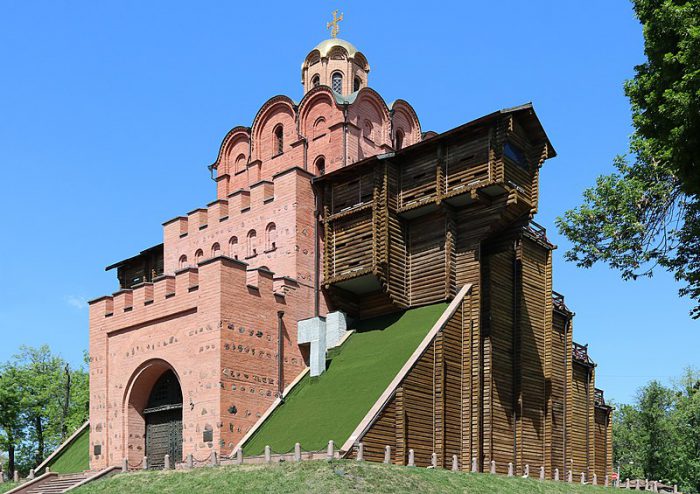
The Golden Gate is a rebuilt historical structure in Kyiv. The original dates back 1,000 years, when Kyiv was the capital of the Kievan Rus'. (Getty Embed)
As close neighbours, these two countries have a history that dates back well over one thousand years. In medieval times, Kyiv was considered the most powerful city in the region and home to a federation (Kievan Rus') that both Ukraine and Russia would eventually grow from.
Starting in 1917, Ukraine was one of the socialist republics that was a part of the U.S.S.R. (Union of Soviet Socialist Republics or Soviet Union), a large communist empire that was controlled by the Russian republic.
Following the end of World War Two, a great division between the world's most powerful nations emerged. On one side were democratic nations, led by the United States (often called 'The West'). On the other were communist countries, led by the U.S.S.R.
This conflict was known as the Cold War. Though the tension and distrust between the groups—especially the U.S. and U.S.S.R. themselves—was high, it never actually resulted in an open war.
So Ukraine and Russia were allies, but they aren’t now?
Putin has had complete control over Russia since becoming president in 1999. (Getty Embed)
Despite the current violent invasion, this is not as simple as being a conflict between all Russians and Ukrainians. For one, their long mutual history means that many people of Ukrainian heritage live in Russia, and many of Russian heritage live in Ukraine.
Secondly, significant anti-war protests have been happening in Russia. Many Russians are against this war. So why is it happening? Because Putin has extremely strong control over Russia's government and people and he sees Ukraine's path forward as a threat.
How did their paths change?
Zelenskyy meeting with German Chanchellor Olaf Scholz in February. Since the end of the U.S.S.R., Ukraine has generally moved politically closer to Europe, and further from Russia. (Getty Embed)
In 1991, the U.S.S.R. collapsed, mostly because its economy (how it made money) was failing. The fifteen republics split and each became their own new nations.
Russia and Ukraine were in a similar position, and many people were deeply excited about the coming changes. Relations between long time enemies, like the United States, started to improve. But both countries still struggled economically, and drifted further apart.
In particular, Ukraine sought new allies in the West. This included the more economically successful EU (European Union), and NATO (North Atlantic Treaty Organization). NATO is a military alliance started in 1949 to protect the United States, Canada, and several European nations from the U.S.S.R during the Cold War.
But after the Cold War ended, NATO continued and expanded. Several former U.S.S.R. republics—including Estonia, Lithuania, and Latvia—joined NATO. Ukraine is also hoping to join them. This has long concerned Putin, who sees NATO as a threat to Russia.
When did this war first begin?
Russian soldiers march past Ukrainian symbols in Crimea in 2014. (Getty Embed)
In a way, this war began in 2014.
In late 2013, Ukraine's then-president Viktor Yanukovych was set to begin a new economic union with Russia. But this set off a revolution—in this case, a peaceful protest that grew into violent confrontations over many weeks—by Ukrainians who wanted the country to join the EU. In 2014, Yanukovych was removed from power by Ukrainian parliament.
In response, Putin sent his armies to invade and occupy Crimea, a southern Ukrainian region that is isolated from most of the country. The world was outraged, and NATO sent aid to Ukraine, including weapons, supplies, and military training. Russia still occupies Crimea today.
Also in 2014, armed rebellions began happening in two regions in eastern Ukraine, Luhansk and Donetsk, also known as the Donbas. This was led by pro-Russian militias, or civilian armies, who claimed they wished to leave Ukraine and join Russia. Since this time, there has been conflict between these militias and the Ukrainian army.
Why is Russia invading now?
An apartment building damaged by a Russian airstrike in Kyiv. (Getty Embed)
On February 22, 2022, Putin formally recognized Luhansk and Donetsk as separate republics, independent of Ukraine (this is something no other nation has done). He also sent Russian forces into these regions, calling it a 'peacekeeping mission'. Though peacekeeping missions are a real thing, they are to remain neutral and protect civilians during wars, not side with one side over the other.
Then two days later, Putin began his invasion of all of Ukraine. His claim was that he is only trying to 'demilitarize' Ukraine (remove its army), and that the country's current government represents a massive threat to Russia.
But the West sees all of these claims as false. They feel that Putin is only trying to fulfill a long-standing belief that "Ukraine is not a real country" (as he said in a meeting with U.S. President Bush in 2008) and that it belongs as a part of Russia.
What are sanctions and how could they help Ukraine?
U.S. President Joe Biden announcing sanctions against Russia. (Getty Embed)
Currently, all NATO members have stated clearly that they will not send troops to Ukraine. They have, however, been sending supplies and military aid to the country, as well as sending troops to nearby countries. They have also been using sanctions.
A sanction is a kind of ban that nations can place on one another. It can be a refusal to allow another country's goods to be sold in their country. Or it can be a measure that stops large sums of money from being sent from one country to another.
If used over a long period of time, they can seriously damage the economy of the targeted country. These types of sanctions would not only affect Russia's ability to wage war, they could also make the war more unpopular, putting extra pressure on Putin to stop the invasion.
What is the situation now?
Ukrainian refugees wait in Przemysl train station in Poland. (Getty Embed)
Because this is an active conflict, things are changing constantly. So far, about a half a million Ukrainians have fled their country as refugees, mostly to nearby Poland, as well as Slovakia, Hungary, and Romania.
On Monday, representatives from Ukraine and Russia held talks in Belarus to discuss ending the conflict. (Belarus is directly north of Ukraine and is one of the few countries to align with Russia.) Many Russian forces gathered in Belarus before invading Ukraine.
In addition to sanctions, Russia is being banned from numerous international events, such as the upcoming World Cup, as well as international hockey tournaments. Talks are happening now to discuss banning Russia and Belarus from the upcoming Paralympics in Beijing.
Zelenskyy has called for Russia to be investigated and tried for war crimes by an international tribunal. "This is, without any doubt, a military crime," he stated. "A peaceful city. Peaceful residential neighborhoods. Not a single military object in sight.”
Current news—such as this story—can sometimes be upsetting. Talk to a trusted adult about your feelings and further questions that you may have. You can also use Kids Help Phone, a resource where people are trained to help young people through situations just like this.
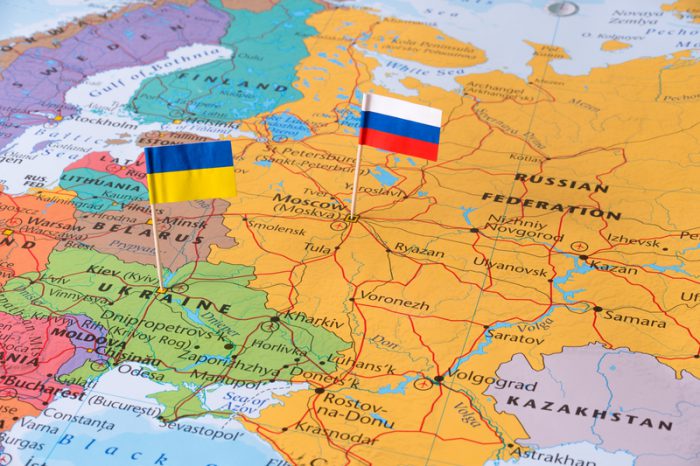 (ID 107370927 © Sjankauskas | Dreamstime.com)
(ID 107370927 © Sjankauskas | Dreamstime.com)



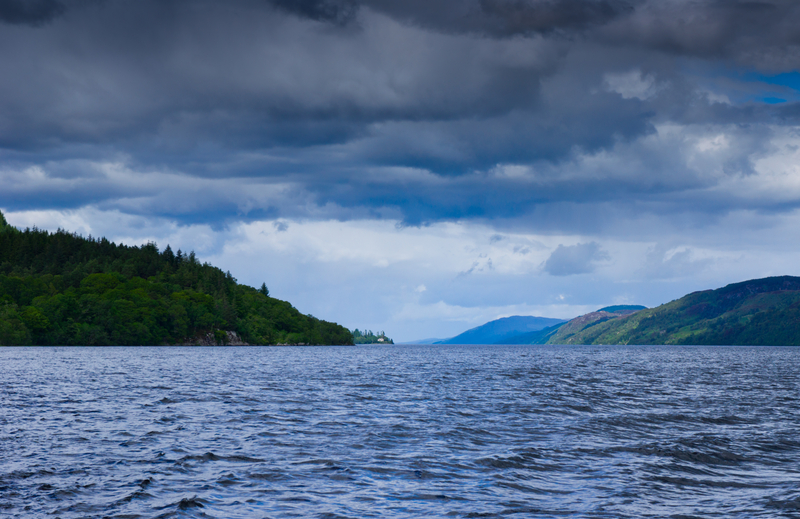
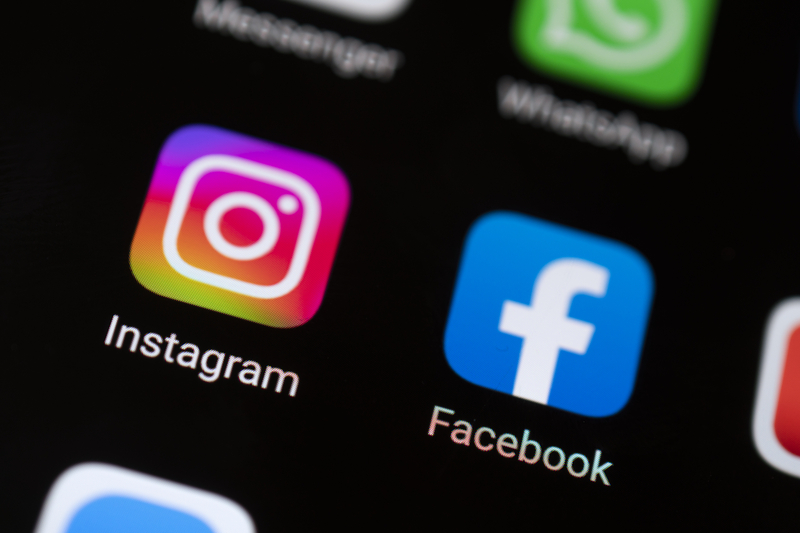
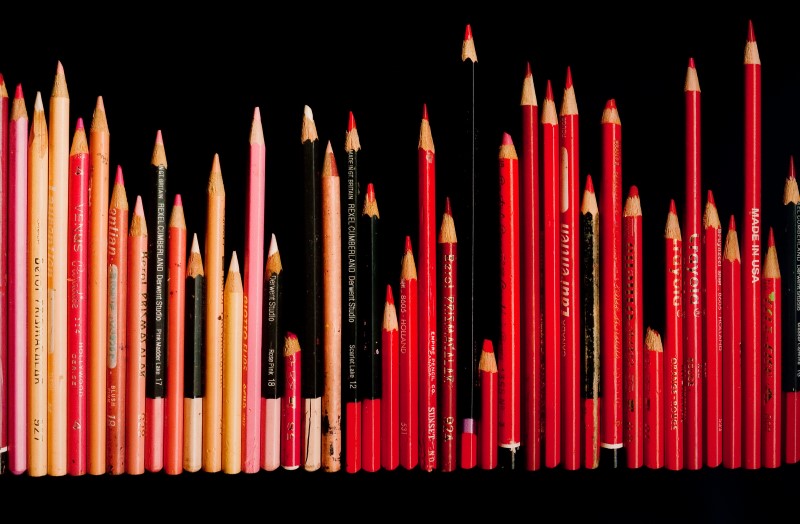


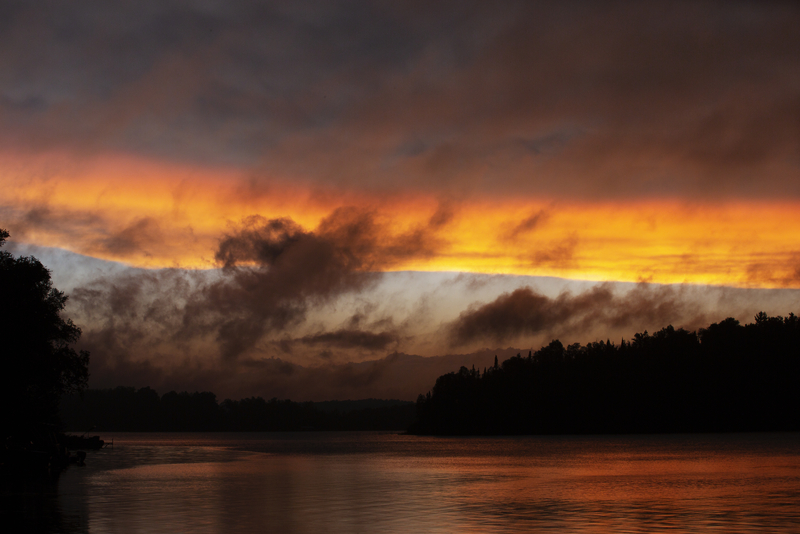
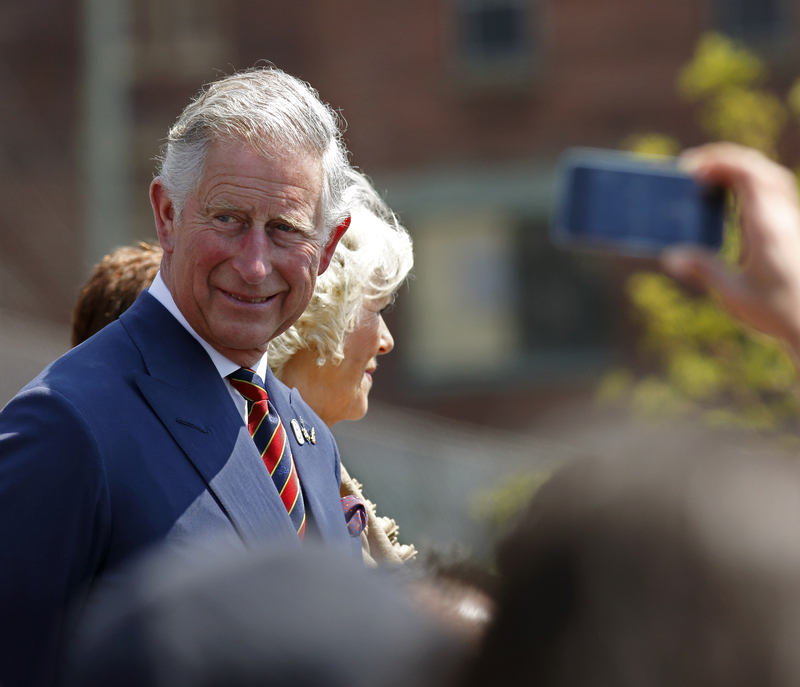
My family is from Ukraine.
All I am going to say is:
#IStandWithUkraine
It is so sad what Russia is doing to Ukraine.
I will keep all Ukrainians in my prayers.
I don’t understand why Russia keep on invading Ukraine. This is really a massive military crime. NATO and others, should assist Ukraine now before is too late to make such call.